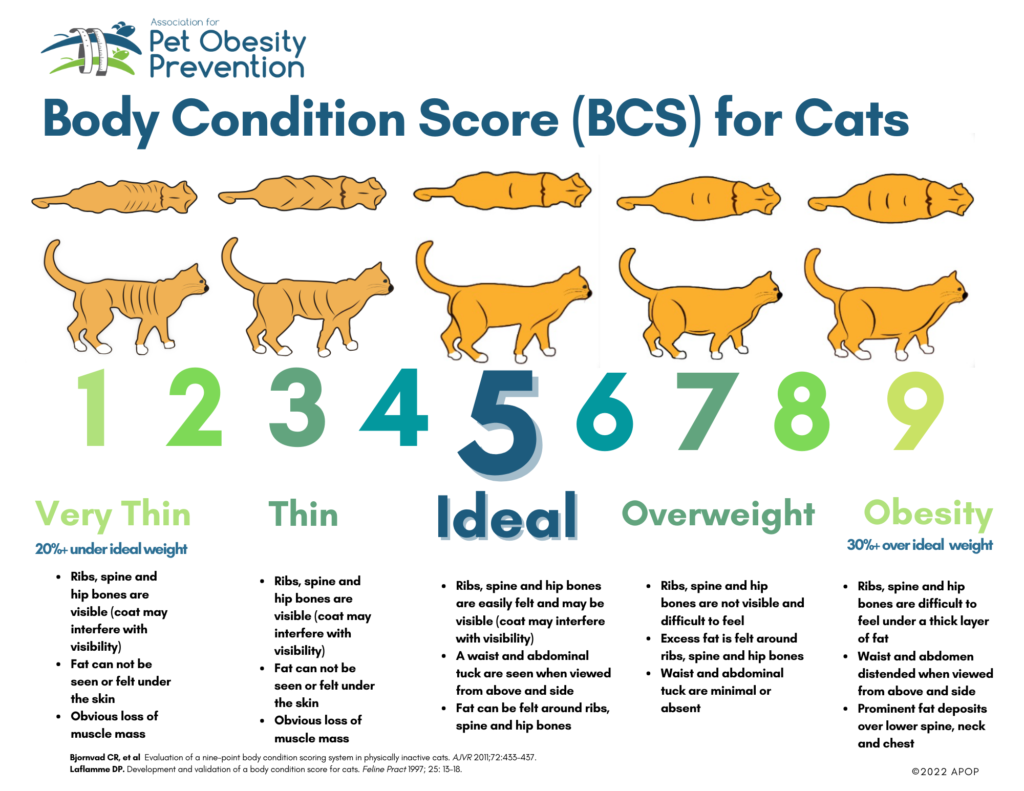
In our roles as devoted cat owners, it’s our responsibility to safeguard our feline companions’ health and happiness. Among the numerous health concerns that can affect cats worldwide, obesity is a prominent and growing issue. Similar to humans, cats can fall victim to excess weight, leading to a range of health problems. To ensure the well-being of your beloved cat, it’s essential to determine whether they are overweight. In this article, we present an extensive Cat Obesity Chart that empowers cat owners to recognize and address feline obesity effectively. By understanding the risks and consequences of this condition, you can ensure a happier and healthier life for your feline friend.
| Weight Category | Weight Range (lbs) | Recommended Actions | Potential Health Risks |
|---|---|---|---|
| Underweight | Less than 5 | Increase caloric intake, consult a vet | Malnutrition, weakened immune system |
| Normal Weight | 5 – 10 | Maintain current diet and exercise | None |
| Overweight | 10 – 15 | Reduce caloric intake, increase exercise, consult a vet | Joint issues, diabetes |
| Obese | 15 – 20 | Immediate vet consultation, strict diet control, regular exercise | Diabetes, heart disease, joint issues |
| Severely Obese | Over 20 | Immediate vet consultation, strict diet control, medication as advised | Severe diabetes, heart disease, high risk of complications |
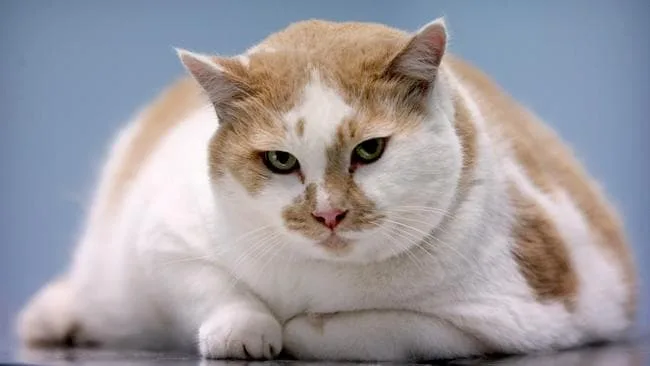
Understanding Feline Obesity
Obesity, characterized by an excessive accumulation of body fat, poses a significant health risk to both humans and our cherished feline companions. Several factors contribute to obesity in cats, including overfeeding, inactivity, and genetic predisposition. Obesity can lead to severe health problems in cats, such as heart disease, diabetes, and urinary tract issues. Identifying whether your cat is overweight is the crucial first step in preventing or addressing these health concerns.
Signs of Cat Obesity
Recognizing the signs of cat obesity is paramount for pet owners, as it allows for proactive measures and timely intervention. Here are some key indicators of obesity in cats:
1. Increased Body Weight
- Obese cats often display a rounded and bulging abdomen.
- They may appear larger compared to their ideal-weight counterparts.
- Excessive fat can make it difficult to feel their ribcage.
2. Reduced Mobility
- Obese cats may experience decreased mobility.
- They may struggle with activities like jumping, climbing, and even walking short distances.
- This sedentary lifestyle further contributes to weight gain and muscle weakness.
3. Changes in Appetite
- Some obese cats exhibit an insatiable appetite, constantly seeking food.
- Hormonal imbalances due to fat accumulation can drive increased appetite.
- Others may lose interest in eating due to decreased metabolism and physical activity.
4. Health Concerns
- Obesity can lead to joint problems, heart disease, diabetes, and respiratory difficulties.
- Excessive panting and labored breathing may signal obesity-related respiratory issues.
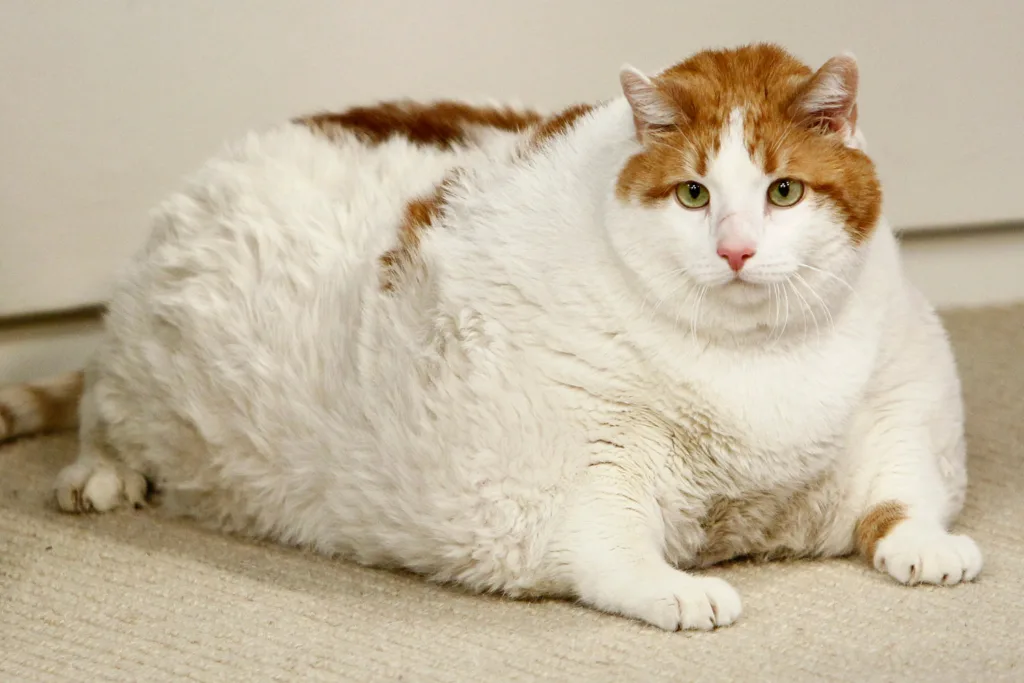
The Cat Obesity Chart
Determining if your cat is obese involves considering various factors. The Cat Obesity Chart provides valuable insights into your cat’s weight status:
Body Condition Score (BCS)
- Veterinarians use the Body Condition Score to assess a cat’s weight.
- It evaluates the cat’s overall body shape, including ribs, spine, and waistline.
- The ideal BCS for a healthy cat typically falls between 4 and 5 on a scale of 1 to 9.
Visual Assessment
- Observe your cat from above and from the side.
- In an ideal weight range, a distinct waistline should be visible behind the ribs.
- The cat’s form should resemble an hourglass from above, with a noticeable narrowing at the waist.
Weight-to-Length Ratio
- Compare your cat’s weight to its body length.
- A healthy weight-to-length ratio for a cat is approximately 1:5.
- A significantly higher ratio may indicate overweight or obesity.
Lifestyle Considerations
- Assess your cat’s activity level and daily routine.
- Sedentary cats with limited physical activity are more susceptible to weight gain.
- Ensure your cat has ample opportunities for play and exercise.
Consulting a Veterinarian
- While the Cat Obesity Chart is a valuable tool, consulting a veterinarian is essential for an accurate assessment.
- Veterinarians consider factors like age, breed, overall health, and specific needs.
The Importance of a Cat Obesity Chart
Maintaining a healthy weight is crucial for the well-being of cats. Obesity in cats has become increasingly prevalent due to factors like overfeeding, a sedentary lifestyle, and poor dietary choices. The Cat Obesity Chart plays a vital role in addressing this issue, serving as an early warning system, an educational tool, and a means of communication between owners and veterinarians.
Early Warning System
- Regularly checking your cat’s weight against the chart allows for early detection of weight fluctuations.
- Early intervention can prevent potential health complications and improve overall health.
Educational Tool
- The chart provides visual cues and guidelines for cat owners to understand their cat’s weight status.
- It highlights the appropriate weight range for different cat breeds, helping owners make informed decisions about food and activity.
Communication with Veterinarians
- The chart facilitates objective analysis of a cat’s weight during veterinary check-ups.
- It ensures that both owners and veterinarians are aligned in their efforts to manage a cat’s weight effectively.
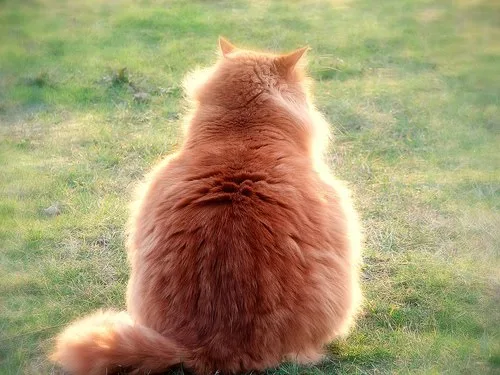
Preventing and Managing Feline Obesity
If your cat is determined to be overweight or obese, taking proactive steps to improve their health is essential. Here are some strategies for preventing and managing feline obesity:
Dietary Adjustments
- Consult your veterinarian to create a suitable feeding plan for your cat, which may include portion control and specially formulated weight-management cat food.
- Avoid feeding table scraps and high-calorie treats.
Regular Exercise
- Encourage physical activity through interactive toys and engagement.
- Provide scratching posts and climbing structures to stimulate movement.
Environmental Enrichment
- Create an engaging environment with toys and activities to prevent boredom.
- Rotate toys and rearrange living spaces to keep your cat mentally and physically active.
Weight Monitoring
- Regularly monitor your cat’s weight and body condition score to track their progress.
- Adjust their diet and exercise program as needed.
Avoid Free-Feeding
- Implement a structured feeding plan rather than leaving food out all day.
- This helps regulate calorie intake and prevents overeating.
Seek Professional Guidance
- If your cat’s weight does not improve or if underlying health issues are present, consult your veterinarian for tailored guidance.
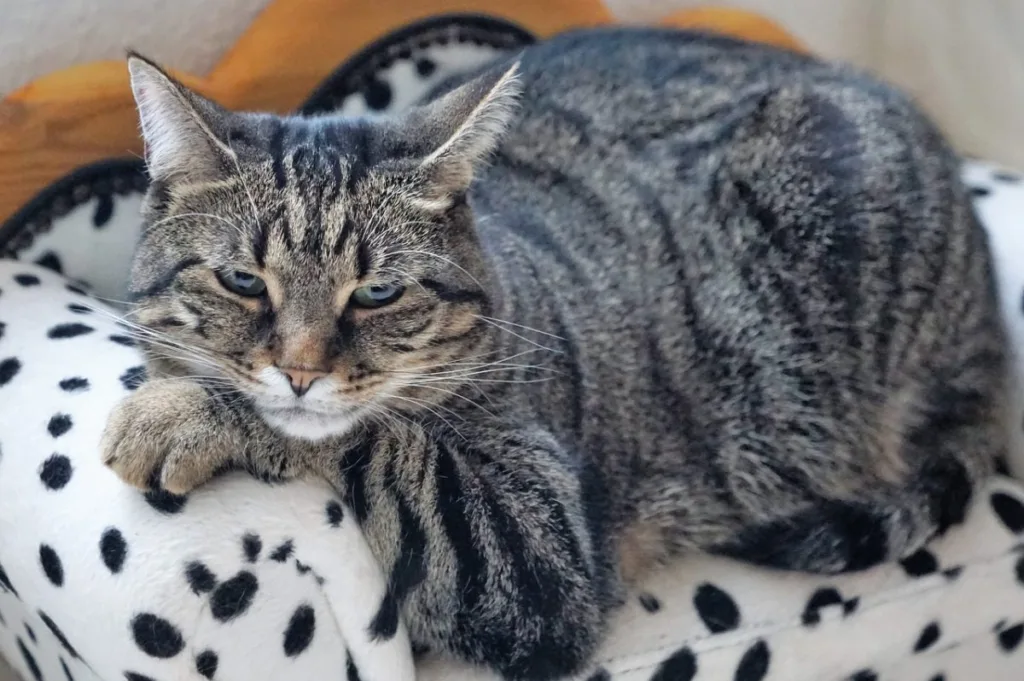
What Is a Healthy Weight for a Cat?
Determining a healthy weight for a cat involves considering factors such as breed, age, and overall body composition. Domestic cats typically weigh between 8 to 10 pounds (3.6 to 4.5 kg) on average, but specific breeds may vary. Assessing your cat’s body condition, including a defined waistline and palpable ribs, is more informative than focusing solely on the number on the scale.
Final Thoughts
Feline obesity is a prevalent and significant concern that affects cats’ overall health and well-being. Identifying whether your cat is overweight or obese is essential. By using a Cat Obesity Chart as a valuable tool, you can monitor your cat’s weight and take proactive steps to ensure their health and longevity. Remember, maintaining a healthy weight for your cat involves a holistic approach, combining regular exercise, balanced nutrition, and environmental enrichment. Working closely with your veterinarian enhances your cat’s quality of life and reduces the risk of obesity-related health issues.
Thank you for reading this post, don't forget to subscribe to our free newsletter
!